Astoria |
||||||||||||||||||||||||||||||||||||||||||||||
|
|
||||||||||||||||||||||||||||||||||||||||||||||
Crocheted top with round yoke, lace pattern, crocheted top down in DROPS Paris. Size: S - XXXL.
DROPS 175-15 |
||||||||||||||||||||||||||||||||||||||||||||||
|
CROCHET INFO: At beginning of every round with double crochets replace first double crochet with 3 chain stitches. Finish round with 1 slip stitch in 3rd chain stitch. At beginning of every round with treble crochets replace first treble crochet with 4 chain stitches. Finish round with 1 slip stitch in 4th chain stitch. At beginning of every round with double treble crochets replace first double treble crochet with 5 chain stitches. Finish round with 1 slip stitch in 5th chain stitch. INCREASE TIP (evenly spaced): To calculate how to increase evenly, use the number of stitches increases are done over (e.g. 84 stitches) and divide this number by number of increases to be done (e.g. 24) = 3.5. I.e. in this example increase after alternately approx. every 3rd and 4th stitch. DECREASE TIP: Decrease 1 double crochet by working 2 double crochets together as follows: * Make 1 yarn over, insert hook in next double crochet, get yarn, make 1 yarn over, pull yarn through the 2 first loops on hook *, repeat from *-* one more time, make 1 yarn over and pull yarn through all 3 loops on hook (= 1 double crochet decreased). PATTERN: See diagrams A.1 and A.2 (A.1a and A.2a shows how rounds begin and end). Choose diagram for your size. ---------------------------------------------------------- TOP: Work in the round top down. YOKE: Begin with crochet hook 5 mm and Paris, work 100-103-109-115-121-124 chain stitches and form a ring with 1 slip stitch in first chain stitch. Insert a marker thread on the beginning of the round = mid back. Work 4 chain stitches (= 1 treble crochet) - READ CROCHET INFO, work 1 treble crochet in each of the next 3-0-0-0-0-3 chain stitches, * skip 1 chain stitch, work 1 treble crochet in each of the next 5 chain stitches *, repeat from *-* 15-16-17-18-19-19 more times = 84-86-91-96-101-104 treble crochets. Work 1 round with treble crochets and increase 24-30-29-32-31-40 treble crochets evenly - READ INCREASE TIP (evenly spaced) = 108-116-120-128-132-144 treble crochets. REMEMBER THE CROCHET GAUGE! Insert 4 marker threads in piece without working as follows: Insert 1st marker thread after 8-9-10-11-11-13 treble crochets. Insert 2nd marker thread after another 38-40-40-42- 44-46 treble crochets, 3rd marker thread is after another 16-18-20-22-22-26 treble crochets and 4th marker thread after another 38-40-40-42-44-46 treble crochets. There are now 8-9-10-11-11-13 treble crochets left until mid back. Work A.1b (choose diagram for your size). A.1a shows how round begins and ends), AT THE SAME TIME increase treble crochets evenly over the 38-40-40-42-44-46 stitches in each side. Number of stitches between the 2 markers mid front and mid back is constant (= 16-18-20-22-22-26 stitches). Increase in the different sizes as follows: Size S and M: Increase 14-17 stitches in each side on 2nd and 5th round in A.1b, then increase 16-18 stitches on 6th-8th round = 196-220 stitches. NOTE! See round marked with arrow for when yoke is done in the different sizes. Size L, XL, XXL and XXXL: Increase 14-16-18-19 stitches in each side on 2nd, 5th and 8th round in A.1b, then increase 16-16-20-21 stitches on 9th-9th-11th-11th round = 236-256-280-300 stitches. NOTE! See round marked with arrow for when yoke is done in the different sizes. Work next round in all sizes as follows: NOTE: in sizes S and XL crochet around the chain stitches instead of in the chain stitches. Work 1 treble crochet in each of the first 27-30-32-35-39-43 stitches, work 4-4-6-6-6-8 chain stitches under sleeve, skip 44-50-54-58-62-64 stitches for sleeve, work 1 treble in each of the next 54-60-64-70-78-86 stitches, work 4-4-6-6-6-8 chain stitches under sleeve, skip 44-50-54-58-62-64 stitches for sleeve, work 1 treble in each of the remaining 27-30-32-35-39-43 stitches on round. Piece measures approx. 17-18-20-21-23-25 cm / 6⅝"-7"-7⅞"-8 ¼"-9"-9 ¾" measures from neck edge and down vertically. BODY: = 116-128-140-152-168-188 stitches. NOW MEASURE THE PIECE FROM HERE! Work 1 double treble crochet in every stitch. When piece measures 5 cm / 2", increase 4-12-0-8-12-12 double treble crochets evenly = 120-140-140-160-180-200 double treble crochets. Cut the yarn. To fit the pattern symmetrically mid front and mid back on top displace beginning of round as follows: Skip the first 15-5-5-15-5-15 double treble crochets on round and fasten strand with 1 single crochet in next double treble crochet. Begin on 2nd round in diagrams and work A.2a (shows how round begins and ends), work A.2b (= 6-7-7-8-9-10 repetitions). On last round in diagram increase double crochets. To make the pattern symmetrical mid front and mid back increase the same number of double crochets in each side. Increase 20 double crochets in each side evenly between mid back and fan in pattern mid front on top. Increase 40 double crochets in total evenly in all sizes = 160-180-180-200-220-240 double crochets. Continue from 2nd round in A.2a and A.2b (= 8-9-9-10-11-12 repetitions on round). When diagrams have been worked vertically, work 2nd and 3rd round 1 more time. Piece measures approx. 62-63-65-66-68-69 cm / 24⅜"-24 ¾"-25 ½"-26"-26 ¾"-27⅛" from neck edge mid back and down. Fasten off. NECK EDGE: Begin mid back of neck and fasten strand with 1 single crochet. Work 1 single crochet in every chain stitch but work only in the chain stitches worked with double crochets = 84-86-91-96-101-104 single crochets. Fasten off. SLEEVE EDGE: Begin mid under sleeve and work 4 chain stitches (= 1 treble crochet). Work 1 treble crochet in every stitch and work 3 treble crochets around the outermost stitch in transition between yoke and body AT THE SAME TIME decrease 13-15-16-14-12-11 treble crochets evenly on round – READ DECREASE TIP = 41-45-50-56-62-67 treble crochets. Fasten off. |
||||||||||||||||||||||||||||||||||||||||||||||
Diagram explanations |
||||||||||||||||||||||||||||||||||||||||||||||
|
||||||||||||||||||||||||||||||||||||||||||||||

|
||||||||||||||||||||||||||||||||||||||||||||||
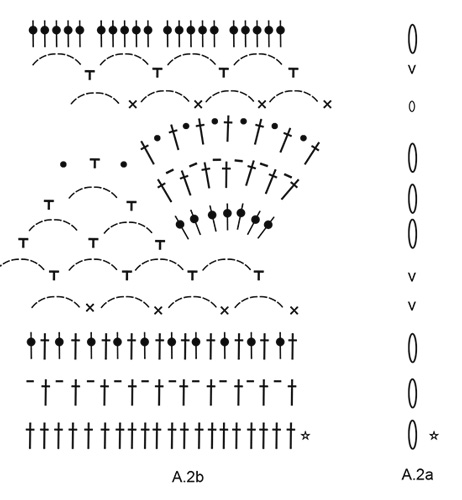
|
||||||||||||||||||||||||||||||||||||||||||||||
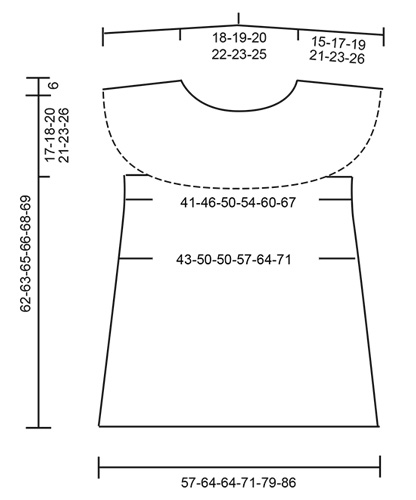
|
||||||||||||||||||||||||||||||||||||||||||||||
|
Have you made this or any other of our designs? Tag your pictures in social media with #dropsdesign so we can see them! Do you need help with this pattern?You'll find tutorial videos, a Comments/Questions area and more by visiting the pattern on garnstudio.com. © 1982-2024 DROPS Design A/S. We reserve all rights. This document, including all its sub-sections, has copyrights. Read more about what you can do with our patterns at the bottom of each pattern on our site. |
||||||||||||||||||||||||||||||||||||||||||||||





























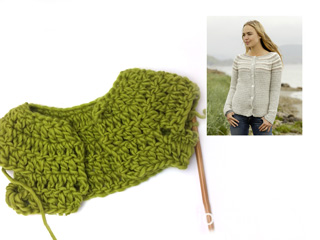





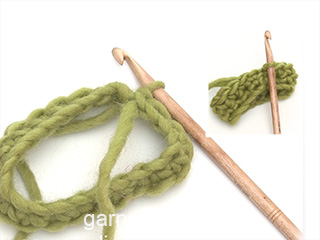

















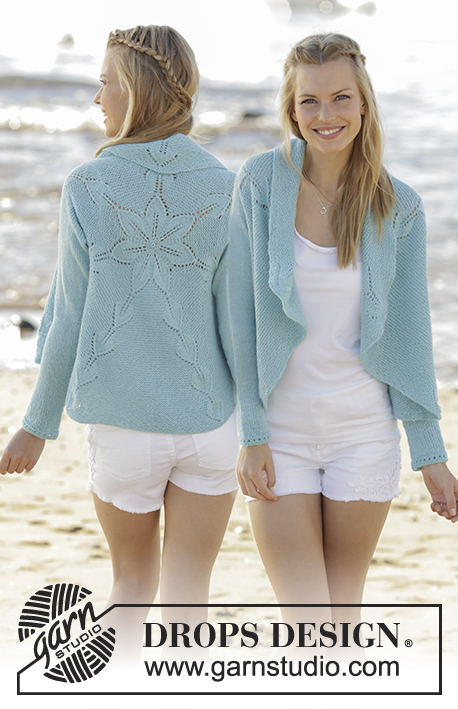

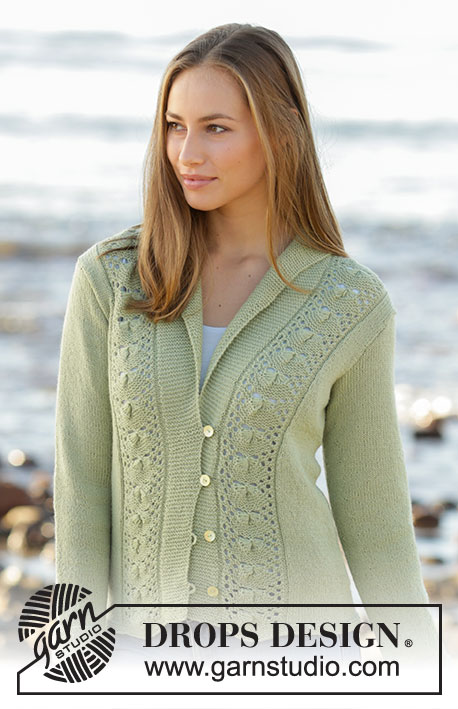






Comments / Questions (53)
Como puedo saber cual es mi talla?? El tema de las tallas es complicado ya que no todas las prendan no coinciden en la talla y medidas Muchas gracias
15.02.2019 - 23:34DROPS Design answered:
Hola Trinidad. Bajo cada patrón tienes un diagrama con las medidas de la prenda. Allí puedes consultar qué talla deberías trabajar. Si estás entre dos tallas, elige siempre la talla más grande.
16.02.2019 - 19:32Hei! Jeg undrer litt på maskeantallet. Jeg har kommet til starten av bolen. Der står det i M at det skal være 128 masker. Jeg har nå 156 masker etter å ha fulgt økningen til størrelsen M. Får ikke dette helt til å stemme. Har delt opp til armene, og hvis jeg trekker i fra de 18 maskene foran og bak, er det kun 120 masker. Hva er det jeg har gjort feil ?
11.07.2018 - 22:35DROPS Design answered:
Hei Ida Christine. Du har heklet dobbbelstaver i 30 masker, lagt opp 4 lm under ermet, heklet 60 dobbelstaver, og lagt opp 4lm under det andre ermet, heklet 30 dobbelstaver. Altså, det er 60 masker mellom hver gang du legger opp masker under ermet: 30 + 4 + 60 + 4 + 30 = 128 masker. God fornøyelse.
16.07.2018 - 15:18Je suis perplexe avec ce patron. Cela ne correspond pas du tout avec l'image. L'empiècement (selon diagramme 1) indique alternance DB + ajouré en B. Puis le dos et devant 5cm en B. L'image montre l'empiècement alternance B + ajouré en B et le dos/avant en DB... C'est normal ?
09.07.2018 - 23:47DROPS Design answered:
Bonjour Mme Seauve, les explications correspondent au modèle avec la tension indiquée, pensez à bien faire votre échantillon au préalable et n'hésitez pas à ajuster la taille du crochet et/ou le modèle selon votre goût si vous le souhaitez. Bon crochet!
10.07.2018 - 08:46Hittar inte diagrammet.....
11.05.2018 - 08:45Wo bitte ist das diagramm
11.04.2018 - 18:40DROPS Design answered:
Liebe Frau Zamberger, dieses Modell wurde neu geschrieben, neue deutsche Anleitung wird bald (zusammen mit Diagramme) hochgeladen. Viel Spaß beim häkeln!
12.04.2018 - 08:28The Diagrams are all missing!!
09.04.2018 - 17:51DROPS Design answered:
Dear Mrs Greten, this pattern has been re-written and new diagrams have been uploaded. US-English text should be updated soon. Happy crocheting!
10.04.2018 - 15:01Hazel wrote:
The diagrams are no longer available.
23.03.2018 - 04:24Inconsistencies between written, diagram and photo yoke. The written has you do a row of double, then a row of triple. You are then to refer to the diagram, which shows you have already done one row of triple, and you need to do another row of triple (yet the written says double and the photo doesn't show this 3rd row of solid stitches). I can't ask my local DROPS dealer not one near my very rural home. The pattern came from this site, hence why I'm asking for clarification.
02.10.2017 - 03:13DROPS Design answered:
Dear Kathryn, pattern will be edited soon, thanks in advance for your patience. Remember you can always contact your DROPS store even per mail or telephone. Happy crocheting!
26.10.2017 - 10:21Lali wrote:
Es wird nur bei den je 38 Maschen an beiden Seiten des Tops gleichmäßig verteilt zugenommen. 38 Maschen verdoppeln = 76 In der letzten Runde je 10 Stäbchen gleichmäßig verteilt an beiden Seiten zunehmen. 76 : 10 = in diesem Beispiel wird abwechselnd nach ca. jeder 7.und 8. Masche zugenommen. Habe ich richtig verstanden? Vielen Dank im Voraus
15.07.2017 - 06:46DROPS Design answered:
Liebe Lali, es wird bei den 38 M auf beiden Seiten zugenommen, wenn Sie 10 M zunehmen sollen, nehmen Sie je 5 M bei den beiden 38 Maschen zu, dh nach ca 6. Masche zunehmen, hier lesen Sie mehr. Viel Spaß beim häkeln!
17.07.2017 - 08:42Have you noticed that the pattern and photo of the finished object don't match? On the photo I see only US double crochets on the yoke, I think, and several rows of US treble crochets after the yoke. On the pattern we are instructed to make some rounds of treble crochets on the yoke and the part afterwards is made entirely with double crochets. I wish I had noticed that before I was almost done making this, since I think the top in the photo looks nicer (and is what I actually wanted to make!)
05.07.2017 - 12:53DROPS Design answered:
The pattern is correct and corresponds to the top in the picture. Just follow the instructions and it will turn out as the garment shown.
23.08.2017 - 14:02